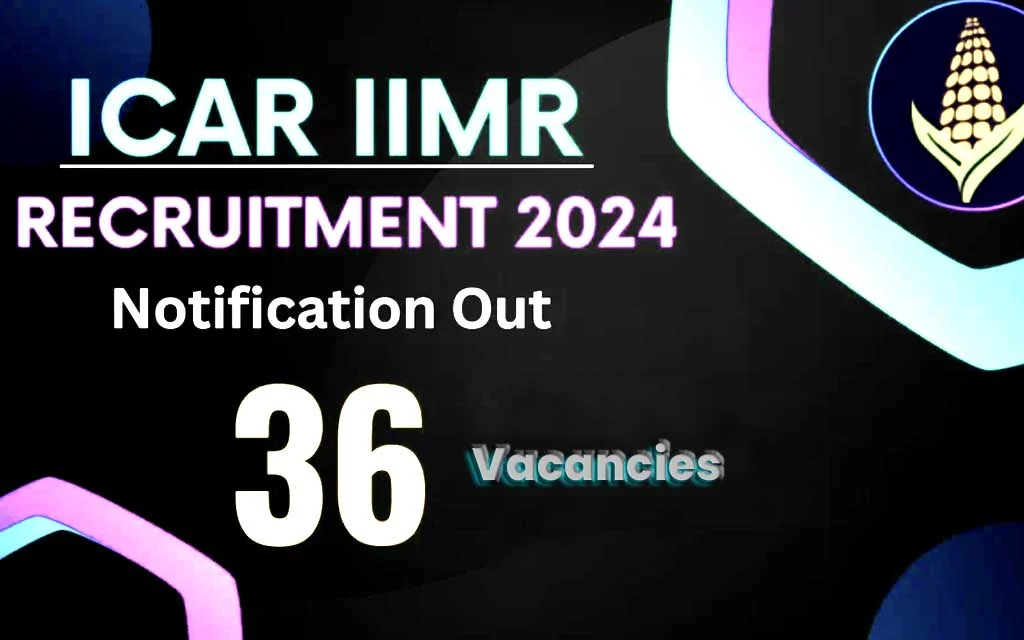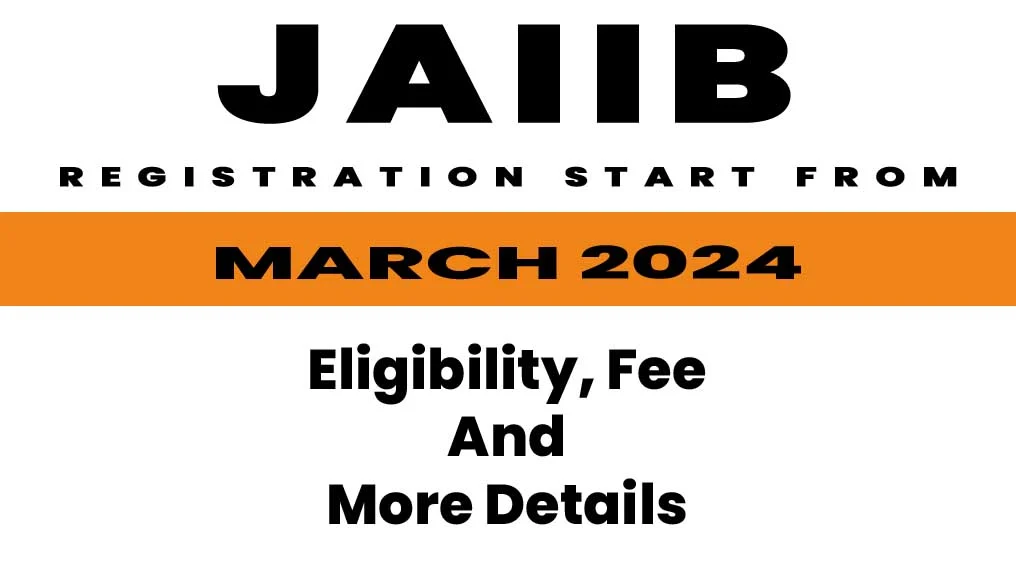How to write blog post that’s the ideal blog post length for SEO is not set in stone, but most experts agree that it should be at least 1,000 words. This is because longer posts are more likely to be informative and Engaging, and they also tend to rank higher in search engine results pages (SERPs).


Table of Contents
However, it’s important to note that quality is more important than quantity. A well-written, informative 500-word blog post will be more valuable to readers than a poorly written, rambling 1,000-word blog post.
The best way to determine the ideal length for your blog posts is to consider the topic and the audience. If you’re writing a post about a complex topic, you’ll likely need to write a longer post to cover everything in detail. If you’re writing a post for a general audience, you may be able to get away with a shorter post.
Here are some tips for writing long-form blog posts for SEO:
- Choose a topic that you’re passionate about and that you know well. This will make it easier to write a post that is informative and engaging.
- Do your research and gather plenty of information. This will help you to write a post that is accurate and comprehensive.
- Organize your thoughts and create a clear outline. This will help you to write a post that is well-structured and easy to read.
- Write in a clear and concise style. Avoid using jargon and technical language that your readers may not understand.
- Use images, videos, and other multimedia elements to break up your text and make it more engaging.
- Proofread your post carefully before publishing it. This will help to catch any errors in grammar or spelling.
By following these tips, you can write long-form blog posts that are both informative and engaging for your readers. This will help you to attract more traffic to your website and improve your SEO.
Here are some additional tips for optimizing your blog posts for SEO:
- Use relevant keywords throughout your post, including in the title, meta description, headings, and subheadings.
- Make sure your post is well-structured and easy to read. Use short paragraphs and bullet points where possible.
- Link to other relevant pages on your website and to high-quality external sources.
- Promote your post on social media and other online channels.
By following these tips, you can optimize your blog posts for SEO and improve your chances of ranking higher in SERPs.
Statistics Don’t Lie
Statistics can serve as a useful foundation, but it’s essential to acknowledge that they can occasionally be manipulated.
To establish a clear starting point, it’s crucial to understand that irrespective of its length, content can vary in quality. When studies assess hundreds or thousands of pages of content, as mentioned earlier, they may not always differentiate between truly excellent content, genuinely poor content, and content that falls somewhere in between.
The analysis revolves around the relationship between article length and its potential impact on the overall quality of content, considering practicality as a key factor.
It’s generally accepted that shorter content is more accessible and quicker to read, a point I don’t dispute. However, it’s important to consider whether a concise one-word answer truly meets the user’s informational needs. While some questions can be addressed with a single word, it often falls short of delivering high-quality, informative content.
A brief one-word response without explanation or references typically doesn’t align with Google’s standards for distinguishing content as authoritative, educational, or valuable. While there are exceptions where one-word answers are useful, such as for featured snippets in Google (Position Zero), substantial and well-structured content tends to offer a more comprehensive and satisfying user experience.
Google prioritizes content that provides substance, supports claims with evidence, and originates from authoritative sources. Longer-form content is often better equipped to fulfill these criteria, which is one of the reasons why it tends to perform better in organic search rankings.
According to a 2021 HubSpot study, the recommended blog post length for SEO purposes falls within the range of 2,100 to 2,400 words. This significantly exceeds the traditional belief that shorter 200- or 500-word blog posts are ideal.
It’s worth noting that search results on the first page may not always consist solely of blog-style content. However, content considered valuable by users and Google frequently includes well-structured and thoughtfully crafted blog content that effectively addresses search queries.
As you plan your content ideas and structure for your website’s blog and other written on-site content, your aim should be to provide informative, comprehensive, and user-friendly material that meets searchers’ needs.
What Does Google Say About Blog Post Length?
Google says that word count is not a ranking factor. This means that the number of words in a blog post does not directly affect its position in Google search results. However, Google does acknowledge that longer blog posts tend to rank higher than shorter posts. This is because longer posts are more likely to be comprehensive and informative, and they are also more likely to contain relevant keywords.
Google also recommends that blog posts be at least 300 words long. This is because shorter posts may not be long enough to provide enough information to users.
The ideal length of a blog post will vary depending on the topic and the audience. However, a good rule of thumb is to aim for at least 1,000 words. This will give you enough space to cover your topic thoroughly and to include relevant keywords.
Ultimately, the most important thing is to write a blog post that is informative and helpful to your readers. If you can do that, then the length of your post will be less important.
Here are some tips for writing long-form blog posts:
- Choose a topic that you are passionate about and that you know well.
- Do your research and gather plenty of information.
- Organize your thoughts and create a clear outline.
- Write in a clear and concise style.
- Use images, videos, and other multimedia elements to break up your text and make it more engaging.
- Proofread your post carefully before publishing it.
If you follow these tips, you will be able to write long-form blog posts that are both informative and engaging for your readers.
Quality Over Quantity: Don’t Focus On Article Length
Yes, quality over quantity is definitely more important when it comes to blog posts. A well-written, informative blog post that is 500 words long will be much more valuable to readers than a poorly written, rambling blog post that is 1000 words long.
Here are some reasons why quality is more important than quantity:
- Readers are more likely to engage with and share high-quality content. When someone reads a blog post that is informative, interesting, and well-written, they are more likely to stay on the page longer, read other posts on the site, and share the post with their friends and followers.
- High-quality content is more likely to rank well in search engines. Search engines like Google are constantly looking for new and high-quality content to add to their search results pages (SERPs). When you write high-quality blog posts, you are more likely to rank higher in SERPs, which means that more people will see your content.
- High-quality content helps you build your reputation as an expert in your field. When you publish high-quality blog posts on a regular basis, you start to build a reputation as an expert in your field. This can lead to new opportunities, such as speaking engagements, guest blogging gigs, and even job offers.
So, if you’re looking to write blog posts that are successful, focus on quality over quantity. Write posts that are informative, interesting, and well-written. Your readers will thank you for it.
Here are some tips for writing high-quality blog posts:
- Choose a topic that you are passionate about and that you know well. This will make it easier to write a post that is informative and engaging.
- Do your research and gather plenty of information. This will help you to write a post that is accurate and comprehensive.
- Organize your thoughts and create a clear outline. This will help you to write a post that is well-structured and easy to read.
- Write in a clear and concise style. Avoid using jargon and technical language that your readers may not understand.
- Use images, videos, and other multimedia elements to break up your text and make it more engaging.
- Proofread your post carefully before publishing it. This will help to catch any errors in grammar or spelling.
If you follow these tips, you will be able to write high-quality blog posts that are both informative and engaging for your readers.
Choose Your Target Audience: People, Personas, And Keywords
Choosing your target audience is one of the most important steps in creating a successful blog. When you know who you are writing for, you can tailor your content to their specific needs and interests. This will make your blog more relevant and engaging, and it will also help you to attract more readers.
There are a few different ways to choose your target audience. One way is to think about the people who are most likely to be interested in the topics that you want to write about. For example, if you are passionate about cooking, your target audience might be people who are interested in learning new recipes or finding tips on how to improve their cooking skills.
Another way to choose your target audience is to create a buyer persona. A buyer persona is a fictional representation of your ideal customer. It includes information about their demographics, psychographics, and pain points. Once you have created a buyer persona, you can start to write blog posts that are specifically targeted to their needs.
Finally, you can also use keywords to choose your target audience. Keywords are the words and phrases that people use to search the internet for information. When you write blog posts that target relevant keywords, you are more likely to attract people who are interested in the topics that you are writing about.
Here are some tips for choosing your target audience:
- Think about your interests and expertise. What are you passionate about? What do you know a lot about? Choose a target audience that is interested in the same things.
- Consider your demographics. Who are you trying to reach? Are you targeting a specific age group, gender, location, or income level?
- Identify your target audience’s needs and pain points. What are their challenges? What are they looking for solutions to? Write blog posts that address their needs and pain points.
- Use keywords to target your audience. When you write blog posts, use keywords that your target audience is likely to search for. This will help your blog posts rank higher in search engine results pages (SERPs).
Once you have chosen your target audience, you can start to create blog content that is specifically tailored to their needs and interests. This will help you to attract more readers and build a successful blog.
Don’t Just Focus On Written Page Copy
That’s right! When creating blog posts, it’s important to focus on more than just the written page copy. Visual elements, such as images, videos, and infographics, can help to break up your text and make it more engaging. They can also help to illustrate your points and make your content more memorable.
Here are some tips for using visual elements in your blog posts:
- Choose high-quality images and videos. Your visual elements should be well-composed and visually appealing. Avoid using stock photos that look generic or cheesy.
- Use images and videos to illustrate your points. Don’t just include images and videos for the sake of it. Make sure that they are relevant to your content and that they help to illustrate your points.
- Create informative infographics. Infographics are a great way to present complex information in a visually appealing and easy-to-understand way.
- Use captions and alt text for your images and videos. This will help to make your content more accessible to people with disabilities and it will also help to improve your SEO.
Also Read:
In addition to visual elements, you can also use other types of multimedia content in your blog posts, such as podcasts, interactive quizzes, and surveys. This can help to make your content more engaging and interactive.
By using a variety of multimedia elements in your blog posts, you can make your content more visually appealing, informative, and engaging. This will help you to attract more readers and build a successful blog.
Here are some examples of how to use multimedia elements in your blog posts:
- If you are writing a blog post about a new recipe, you could include photos or a video of the steps involved in making the recipe.
- If you are writing a blog post about a travel destination, you could include photos or videos of the places you visited.
- If you are writing a blog post about a complex topic, such as how to start a business, you could create an infographic to summarize the key points.
- If you are writing a blog post about a new product or service, you could include a video review.
By using multimedia elements in your blog posts, you can make your content more informative, engaging, and interactive. This will help you to attract more readers and build a successful blog.
Conclusion
While there is no set rule on the ideal length for a blog post, longer posts tend to rank higher in search engine results pages (SERPs). This is because longer posts are more likely to be comprehensive and informative, and they also tend to contain more relevant keywords.
However, it’s important to note that quality is more important than quantity. A well-written, informative 500-word blog post will be more valuable to readers than a poorly written, rambling 1,000-word blog post.



